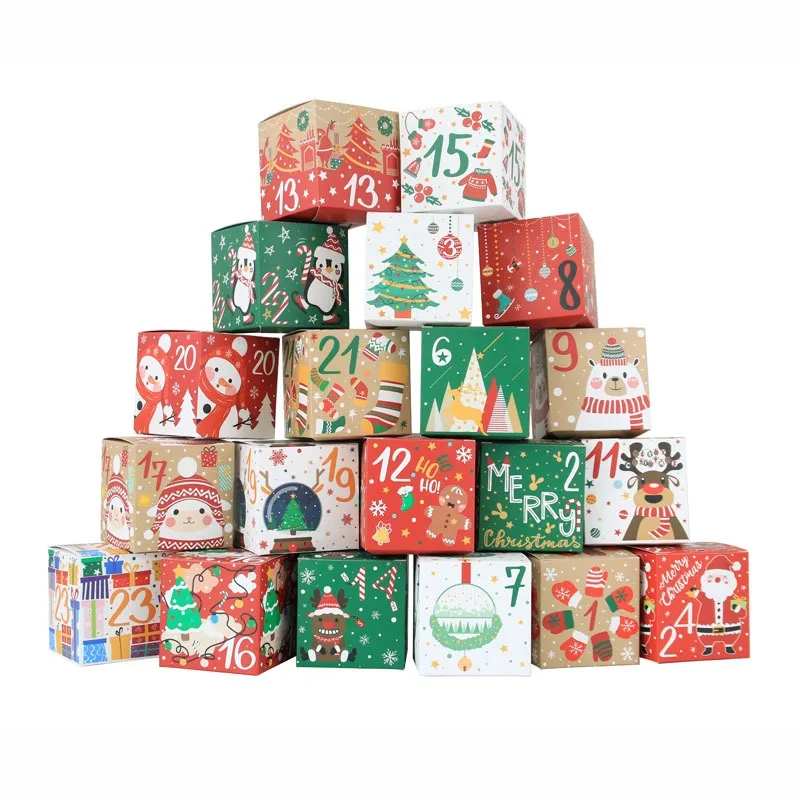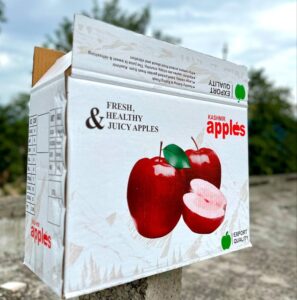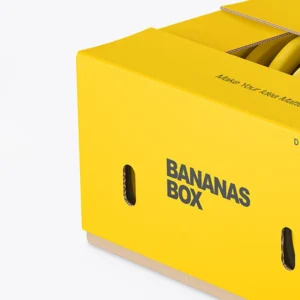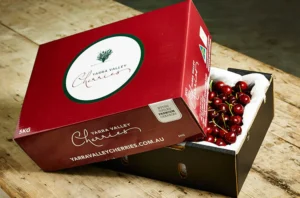The world of packaging design is undergoing a significant transformation thanks to advancements in Generative AI. Traditional packaging design can be time-consuming and costly, often involving lengthy design cycles, numerous revisions, and high material waste. However, with the advent of generative design algorithms, companies now have the ability to create optimized packaging designs faster, with greater precision, and at lower costs.
In this article, we will explore how Generative AI is revolutionizing the packaging design industry by enhancing design efficiency, improving design accuracy, and reducing both time and costs associated with traditional packaging design processes.
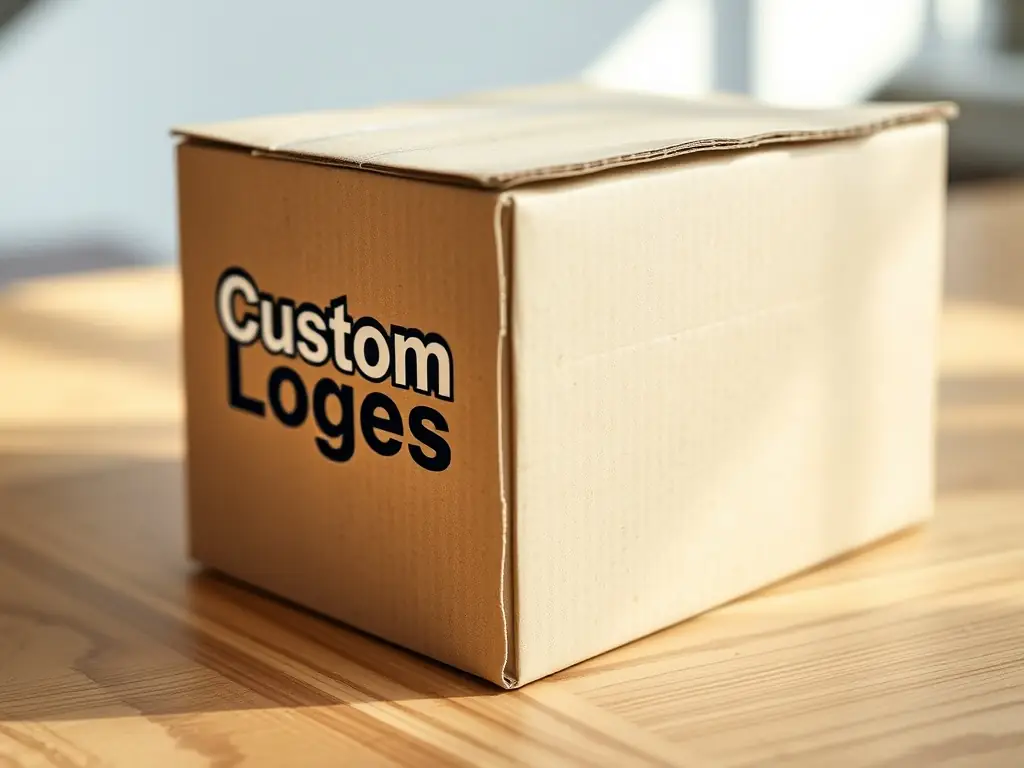
1. What is Generative AI in Packaging Design?
Generative AI refers to a category of artificial intelligence technologies that leverage algorithms to generate multiple design options based on specific parameters set by the user. In the context of packaging design, this means that AI can create several packaging concepts automatically, each optimized for factors like material efficiency, structural integrity, and aesthetic appeal.
Unlike traditional design methods, where designers manually create and tweak designs, generative design allows AI to rapidly generate viable packaging solutions in a fraction of the time, exploring countless possibilities while adhering to set constraints such as size, weight, and sustainability.
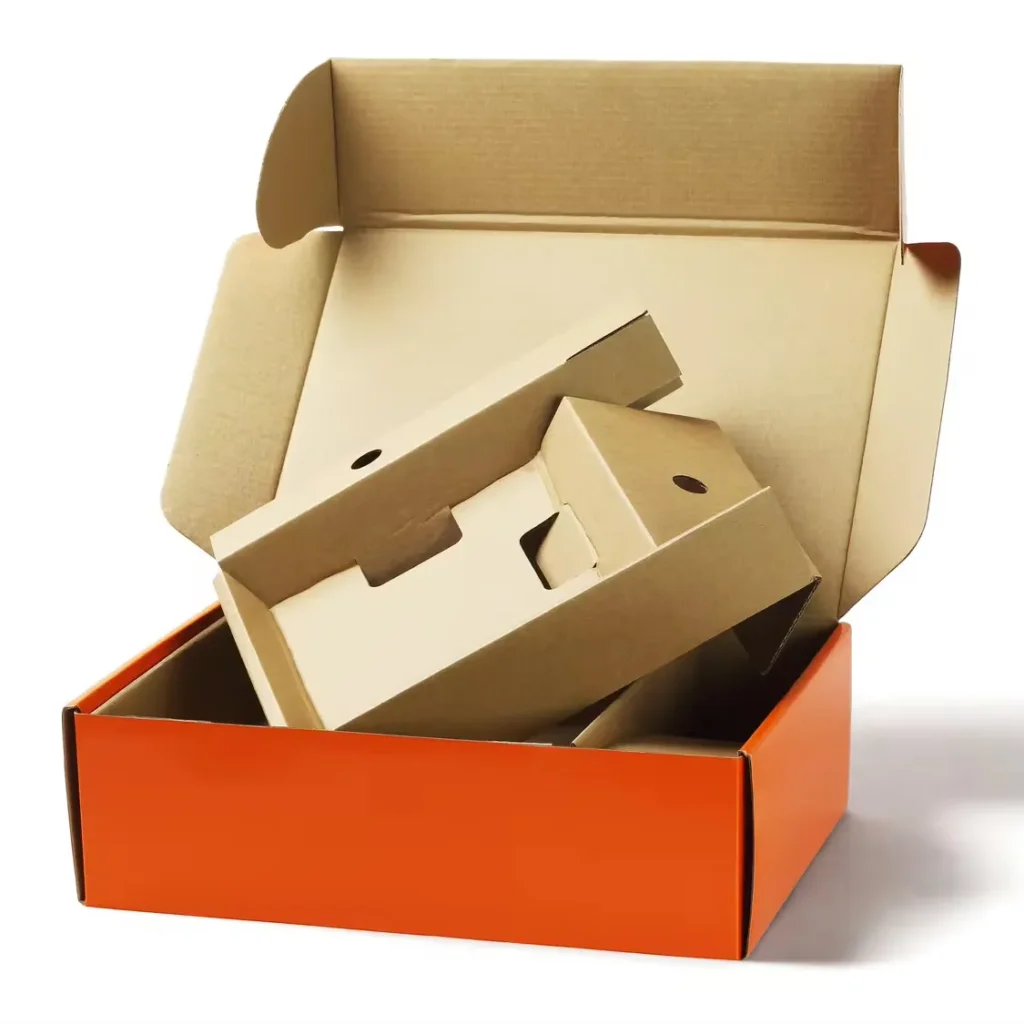
2. How Generative AI Optimizes the Packaging Design Process
The integration of Generative AI into packaging design processes has led to a major leap forward in terms of design automation. Here’s how AI is improving the packaging design workflow:
a. Faster Design Iterations:
Traditionally, designers would spend days or even weeks creating and revising packaging designs. With Generative AI, the system can generate multiple design options within seconds. This drastically reduces the time spent on the early stages of the design process, allowing designers to focus on fine-tuning the final product.
b. Improved Accuracy:
Generative design algorithms use data to predict the most optimal packaging solutions. The AI can analyze the requirements for protection, material strength, and design aesthetics in real time. This leads to more accurate designs that meet both functional and aesthetic goals. AI ensures that the packaging will be as lightweight as possible while still providing the necessary protection for the product inside.
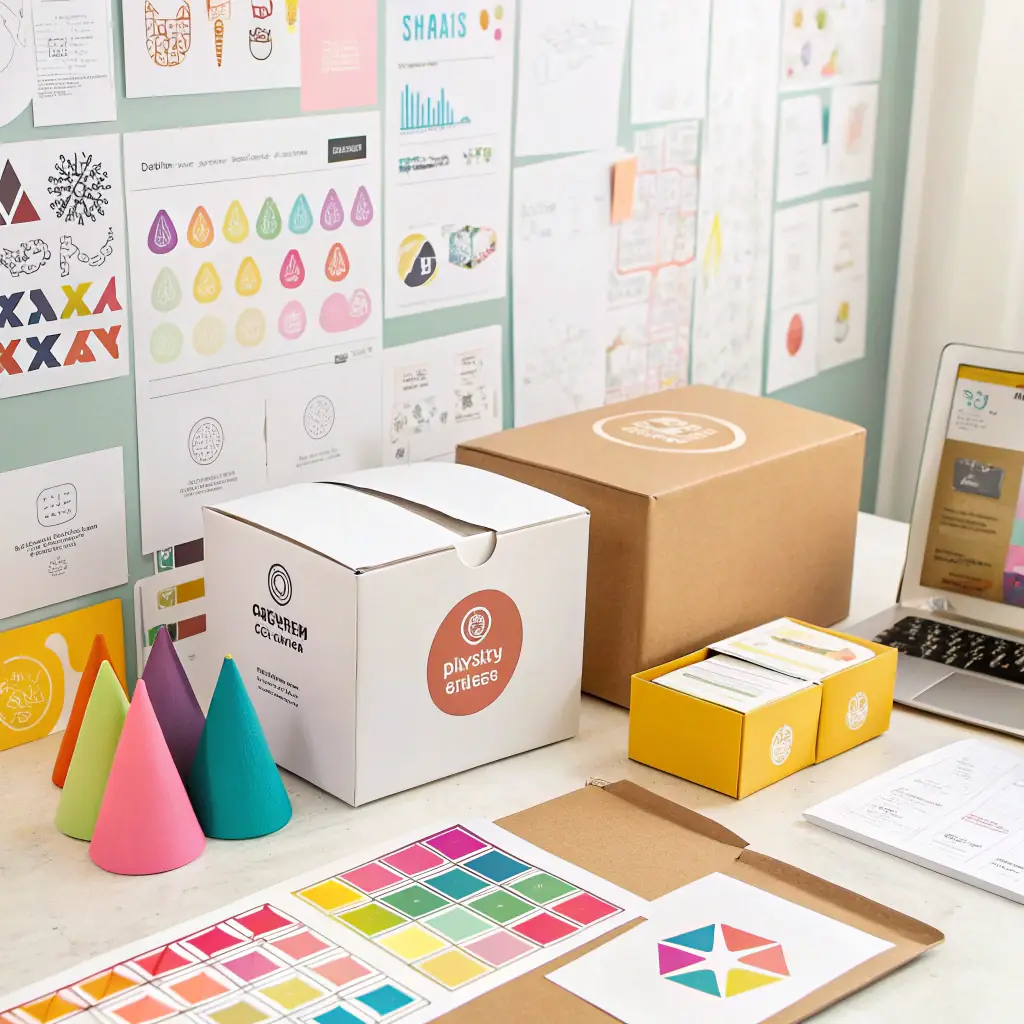
c. Enhanced Customization:
One of the key benefits of Generative AI is its ability to create highly customized packaging solutions. With AI-driven design, businesses can easily tailor packaging to specific products or consumer preferences, offering a level of personalization that was previously difficult to achieve at scale.
3. The Role of AI in Reducing Costs and Time
One of the most significant advantages of Generative AI is its ability to reduce both the costs and time traditionally associated with packaging design. Here’s how AI can help businesses cut down on design time and costs:
a. Material Efficiency:
By optimizing packaging designs for material usage, Generative AI can reduce waste and ensure that the most efficient materials are used. AI algorithms help designers find the best material combinations for strength and durability, without unnecessary excess material, ultimately saving money on raw materials.
b. Shorter Design Cycles:
Generative AI can create multiple design iterations within seconds, drastically shortening the design cycle. This enables companies to bring products to market faster, which is especially important in fast-paced industries with tight deadlines.
c. Reduced Prototyping Costs:
Traditionally, packaging designs went through several prototyping stages, each costing both time and money. With Generative AI, multiple design variations can be tested virtually, reducing the need for physical prototypes. This leads to significant savings in prototyping and testing expenses.
4. How AI Improves the Sustainability of Packaging Design
As sustainability becomes an increasingly important factor in product packaging, Generative AI is playing a key role in creating eco-friendly packaging solutions. AI allows companies to design packaging that minimizes material usage and reduces waste, which is essential for creating sustainable packaging.
Sustainable Benefits of Generative AI:
- Optimized Use of Materials: AI ensures that the packaging design uses the least amount of material necessary, reducing waste.
- Eco-Friendly Materials: AI can suggest sustainable alternatives for traditional packaging materials, such as biodegradable plastics or recycled paperboard.
- Recyclability: AI can help design packaging that is easier to recycle, contributing to a circular economy by ensuring that materials are reused or repurposed.
5. The Future of Generative AI in Packaging Design
As AI continues to evolve, its role in packaging design will only grow. The future of Generative AI in packaging will involve more advanced algorithms that are even better at predicting material performance, optimizing designs, and providing more personalized, eco-friendly packaging options.
Future Trends to Watch:
- AI-Integrated Supply Chains: AI will not only optimize packaging designs but will also streamline the entire packaging supply chain, improving production efficiency and reducing environmental impact.
- Real-Time Consumer Data Integration: AI will integrate with real-time consumer data to help businesses create packaging that is not only functional but also personalized based on consumer behavior and preferences.
- Sustainability-Driven Design: As sustainability remains a top priority, AI will continue to play a pivotal role in designing packaging that minimizes waste, reduces carbon footprint, and uses recyclable materials.
FAQ (Frequently Asked Questions)
Q: What is Generative AI in packaging design?
A: Generative AI refers to AI-driven algorithms that automatically generate multiple design options based on specific parameters, such as material constraints and design goals. In packaging design, this allows for faster, more efficient design iterations and more optimized packaging solutions.
Q: How does Generative AI reduce packaging design costs?
A: Generative AI reduces costs by optimizing material usage, reducing prototyping needs, and speeding up the design process. AI allows for quick design iterations, reducing the time and costs traditionally associated with manual design and physical prototypes.
Q: Can AI help with the sustainability of packaging designs?
A: Yes, Generative AI helps improve sustainability by optimizing material usage, suggesting eco-friendly materials, and designing packaging that is easier to recycle. AI also reduces waste, making packaging design more environmentally responsible.
Q: What are the advantages of using AI in packaging design?
A: AI in packaging design offers faster design cycles, greater accuracy, improved customization, and reduced material waste. AI-driven design tools can create optimized packaging solutions more efficiently, saving both time and money while ensuring high-quality designs.
Q: How does Generative AI improve the accuracy of packaging designs?
A: Generative AI improves accuracy by predicting the optimal material combinations and packaging structures needed to protect products. AI can simulate real-world conditions and ensure that designs meet functional requirements, such as strength and durability, while minimizing waste.
Ready to revolutionize your packaging design with Generative AI?
At GoodCarton, we leverage the latest AI-driven design technologies to create efficient, sustainable, and cost-effective packaging solutions. Contact us today to discover how Generative AI can streamline your packaging process and enhance your brand’s impact.

